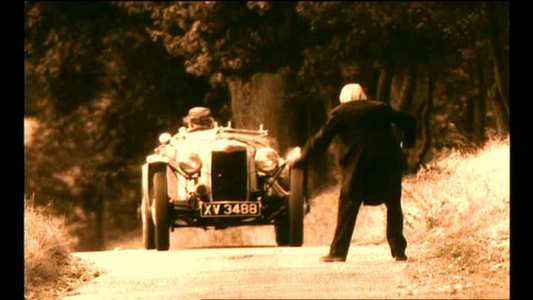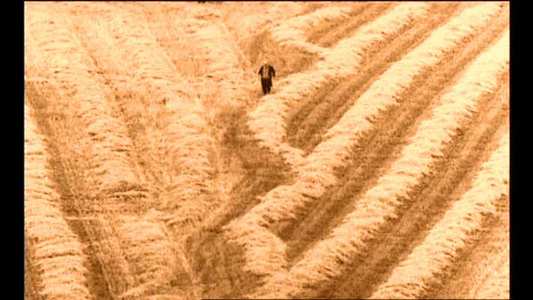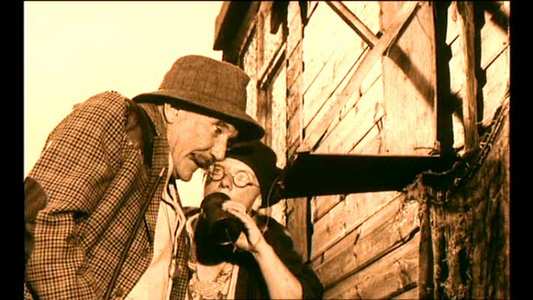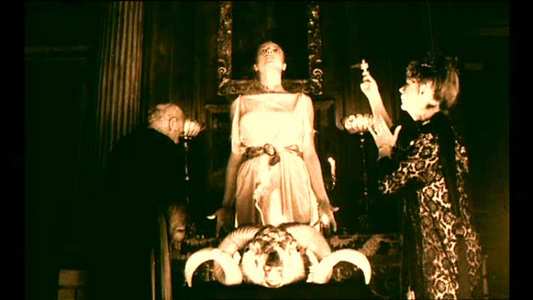Review of Sir Henry at Rawlinson End
Introduction
`Sir Henry at Rawlinson End` was created by Vivian Stanshall (of the Bonzo Dog Doo-Dah Band) and began its life on BBC radio, where it was championed by John Peel who played it on his show. It centres around the build up to `The Burning` and Sir Henry`s efforts to rid his house of the ghost of his brother Humbert, who was shot dead by Henry and cannot rest without his trousers. Within this loose narrative are a host of bizarre and eccentric happenings that practically defy explanation.
Rawlinson End appears to exist in some sort of time warp: we know it`s after World War Two as Sir Henry has German PoWs in his garden but aside from that it could be set in the 50s, 60s,or 70s. The buildings and costumes reflect the timelessness of Rawlinson End and that nothing much has changed for centuries, aside from the odd war or two. Technology is not something to be embraced and if someone`s idea of a hobby is playing snooker on horseback then why allow the invention of such things as radio or television to interfere.
If any film can be defined as `cult`, then this is surely it. Few have heard of it, most will fail to crack a smile and some will not even reach the end. For a minority though, this has a lyrical genius that demands repeated viewings.

Video
Filmed in a strange sepia tone, which emphasises the general strangeness of the film, `Sir Henry` has a timeless look to it and it`s difficult to pin down the era in which the events unfold. Steve Roberts`s direction is basic, but given that the film is driven by the screenplay rather than the visuals, this is to be expected.
Despite some remastering, like much of Rawlinson End, the film looks faded and worn, but then this may be a conscious effort as a flawless transfer would look out of place.

Audio
Considering that this is a audio dominated film, it`s a shame that the soundtrack isn`t clearer and some of the dialogue gets lost in the background sounds. It is to the disc`s credit that the English HoH subtitle track is easy to follow and perfectly translates all the sound on screen into plain and easy to read text. The first time I watched the film, I enjoyed it but then watched it again with the subtitles on and found the wordplay was emphasised along with my appreciation of the film.

Features
The commentary by director Steve Roberts who is joined by actors Sheila Reid and Jeremy Childs is funny, informative and easy to listen to, as the contributors drink wine and Roberts recounts his experiences from the shoot, working with Stanshall and the fact that most of the cast are unable to take part in the commentary because they are now dead.
The `Inedible Muck` section of the features contains the text of `Old Raw`s Full Chant` at `The Blazing`, the screenplay of two unshot scenes, Vivian Stanshall`s amazing synopsis, and the original film poster, the Rawlinson Family Crest and original cast biographies.
The picture gallery contains several photos from the set but are really too few to reveal much.
Of course rounding off the extra features is a trailer.

Conclusion
Lampooning the upper class was nothing new: P.G. Wodehouse wrote a series of books on the extent to which the upper echelon of Britain`s class system was completely out of touch with reality in the 1920s; Peter Cook, David Frost and the rest of the `Beyond the Fringe` team did it in the 1960s; Monty Python took the baton and ran with it in the 1970s. Vivian Stanshall`s radio plays and this film based on them takes elements of Python, Wodehouse and Buñuel and produces a weird, bizarre and eclectic mix showing what happens when an upper class landowner (no doubt helped by years of inbreeding) takes his position as `lord of the manor` to its logical conclusion.
The wordy and literary nature of the film means that you`re not quite so much watching a film as a radio play with pictures accompanying the words. Although the film has a wonderful cast and solid direction, everything is secondary to Stanshall`s prose which dominates proceedings and gives anyone accustomed to the film a wealth of memorable quotes to throw into everyday conversations.
That you already can get the best aspect of the film - the dialogue - on CD, vinyl or audio cassette and that the film ultimately doesn`t live up to the rich tapestry of Stanshall`s wordplay means that die hard fans are likely to be disappointed and the uninitiated bemused. That the film and package isn`t better is a shame, but Stanshall`s material is largely unfilmable and would provide a challenge to the most gifted of directors. However, if people see this film and are prompted to visit the audio material then the film will have been worth it.
Your Opinions and Comments
Be the first to post a comment!